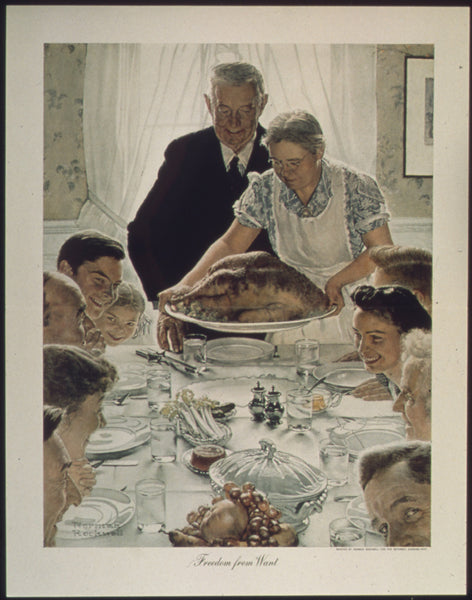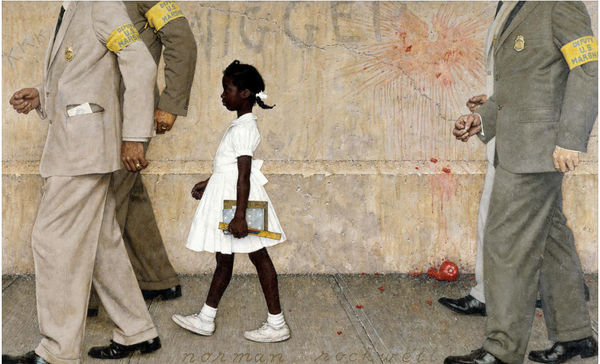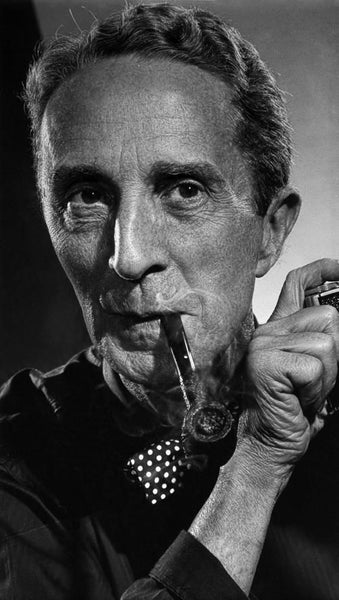Recently I was lying on my bed one Saturday afternoon depressed about the state of the world and the fact that business had been slow for the time of year.
I was on YouTube when I found a documentary when I decided to look up Norman Rockwell, one of those names that you often hear in movies and culture but as an Australian it doesn’t mean so much to you that it passes your ears and you think no more of it.
But this particular Saturday I was interested in knowing more, so I clicked on this PBS American Masters documentary and sat back to pass the afternoon in a quiet space.
Norman Rockwell’s influence on American culture runs surprisingly deep as I found out. For an illustrator who never really saw himself as an artist, he transformed the national psyche and was perhaps one of the most influential artists of the 20th Century in the United States. His pictures depicted an idyll of American life, much the same as a toile fabric does for Europeans.
Born in New York city in 1894 his career spanned much of the 20th Century until he passed in 1978. His observations of American life, coupled with his positive outlook on American life made him endeared to the entire country. Despite being an illustrator, his meticulous attention to detail in his works have earned him a place in the art world, probably more so posthumously.
He began sketching from an early age and chose his path early on. By the time he was 14 he was enrolled in the New York School of Art and by 19 he was the art director of the Boy Scouts of America – an impressive title for such a young and budding artist.
In 1916 he took some drawings down to the Saturday Evening Post and much to his delight the drawings he submitted were accepted. As one biographer commented, this was like winning an Oscar on the first time you made a film, an achievement that would then lead to a remarkable 47 year association with the Post where he would create iconic covers that today are revered the world over.
Probably his most famous group of artworks were based on Franklin D. Roosevelt’s 1941 State Of The Union address in which the rousing words of Roosevelt then in the grip of the 2nd World War, gave Americans hope and courage in the face of adversity. Roosevelt claimed that American’s were entitled to four key freedoms, Freedom Of Speech, Freedom Of Want, Freedom Of Worship, Freedom Of Fear. These were to inspire Rockwell to make an artwork of each, resonating with Americans so much so they played a crucial part in bolstering the resolve and the morale of Americans through the war.
His most famous of these was Freedom Of Want, a depiction of an unadorned American family enjoying a splendid Thanksgiving dinner where three generations of Americans enjoy an idyllic meal together where light and texture give rise to a feeling of homeliness, gratitude and abundance. This was the American dream right down to its core and would become one of the defining artworks of the 20th Century.
In later years Rockwell came to be disillusioned with the American dream, he was disturned by segregation in the United States and in the 1964 his artwork “The Problem That We Live With” came with criticism, he was loved for his American dream, he was less loved when he pointed out racial divides and what came to be his truth – that the American dream was perhaps just that – a dream.
In one of his final portraits Rockwell finally comes to accept his place in American art, his self portrait reflects an image of himself that is in some ways void of personality, but his message is best conveyed by those artists portraits that are pinned to the side of his canvas as he paints at his easel, they are Rembrandt, Picasso, Van Gogh and Durer. These are his icons, and this is how he sees himself.
As the world gets crazier still, with wars raging in Ukraine, with Israel poised in invade Gaza in retaliation to the most heinous massacre by Hamas terrorists, the American Dream and the ideal of a better world should be held up again to us as a mirror, of a time where what we aspired to was not bloodshed and war, but the four pillars of freedom.
And, of course, Rockwell was an avid bow tie wearer, he wore batwings that I will soon attempt to replicate, not to slim and certainly not fat. He is one of the great bow tie wearers, and perhaps one of the more interesting characters of the 20th Century.





No comments:
Post a Comment